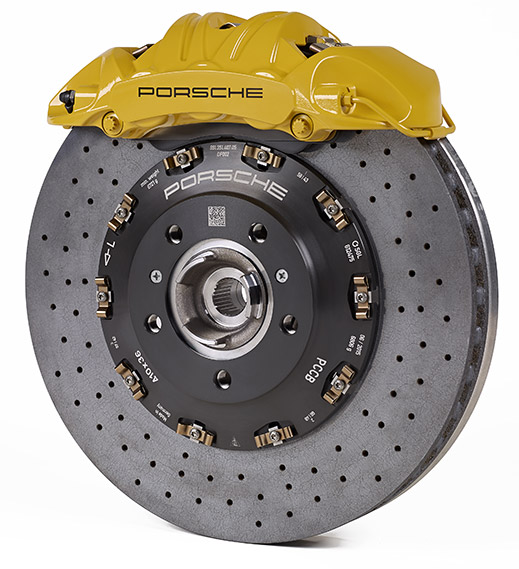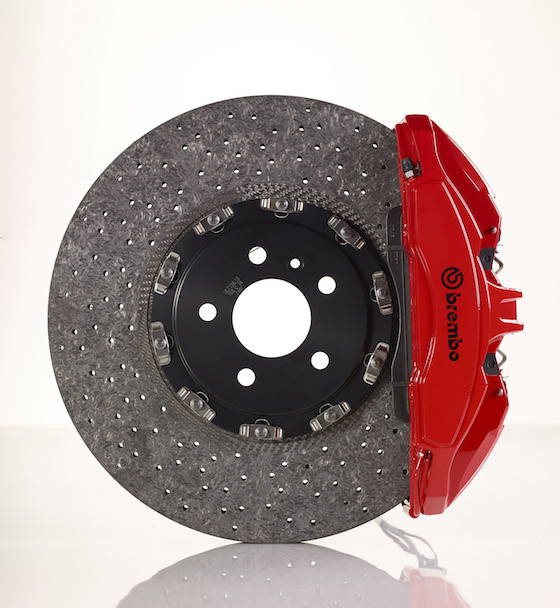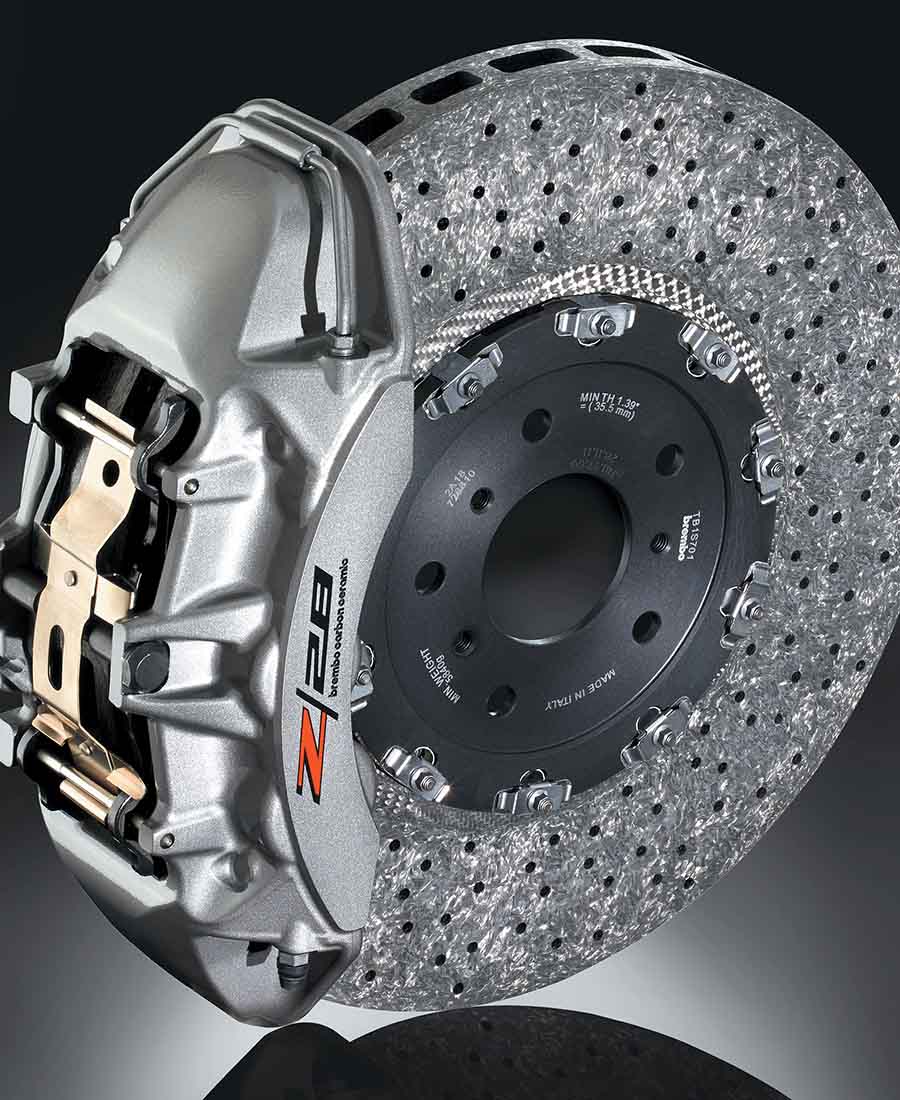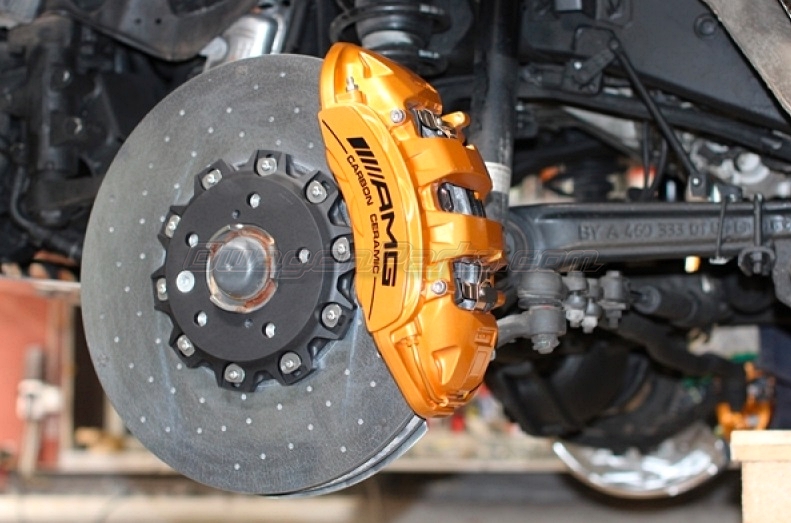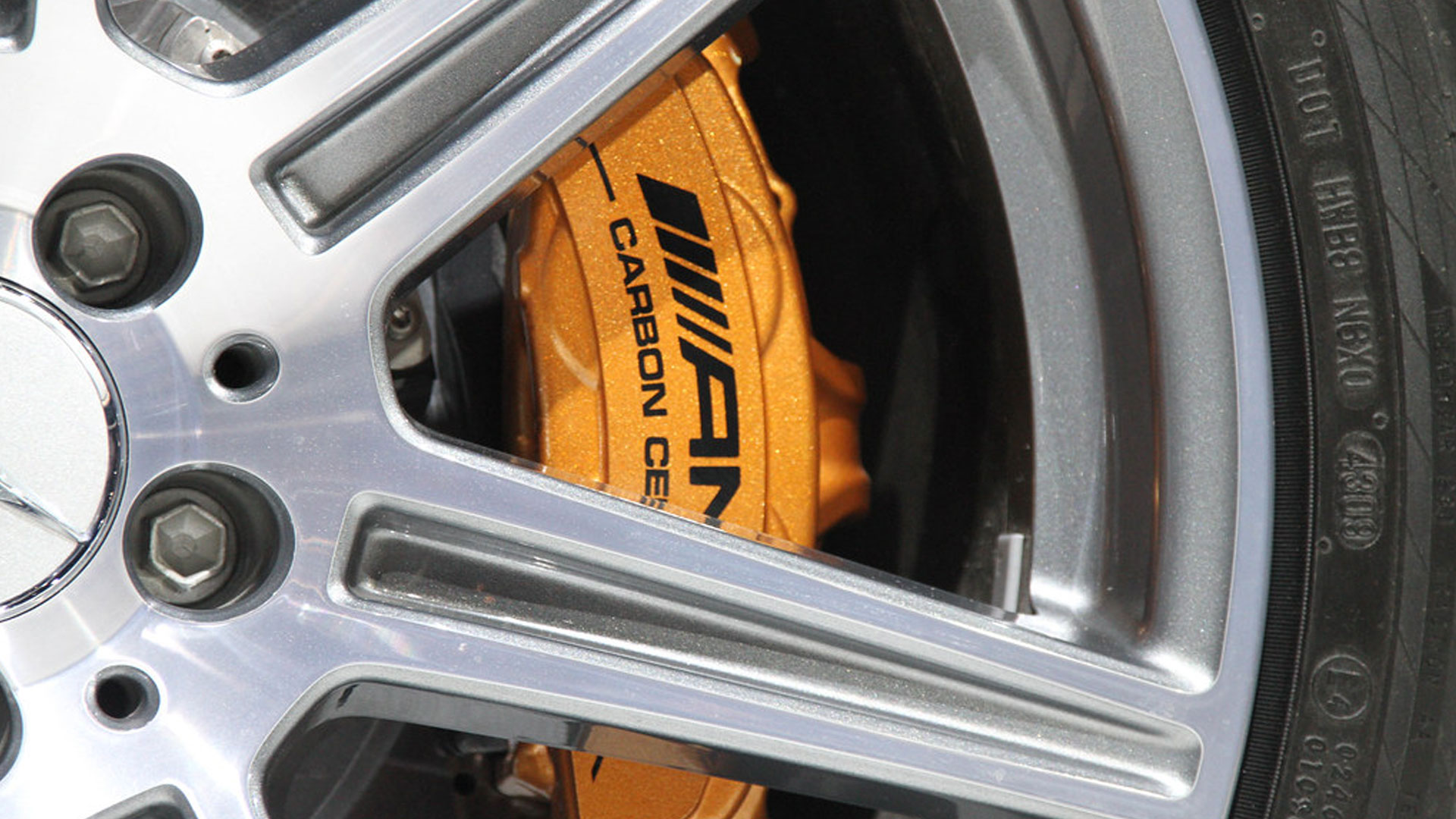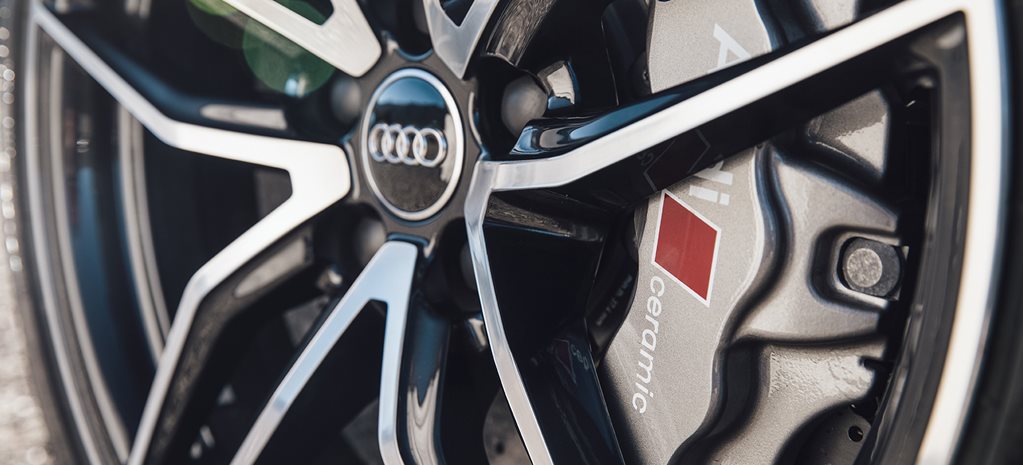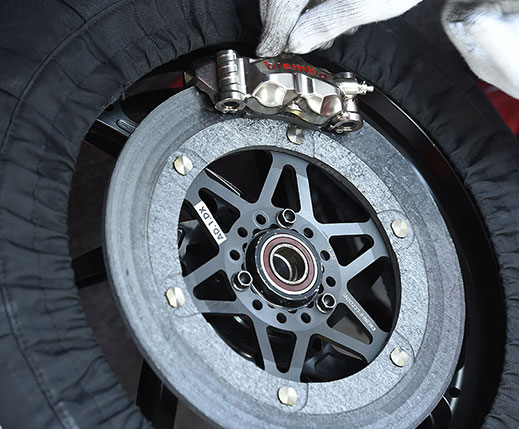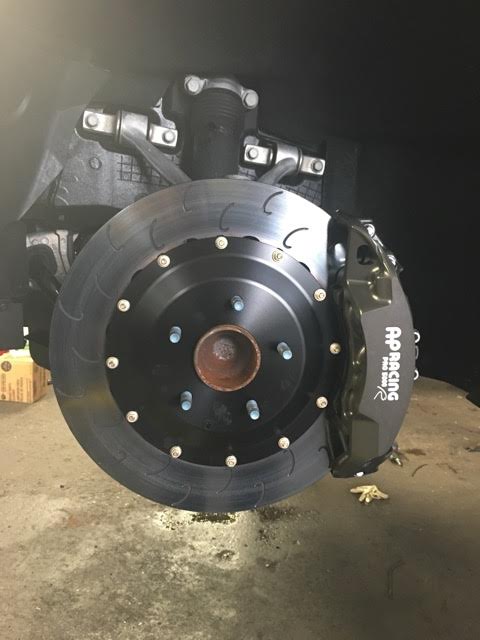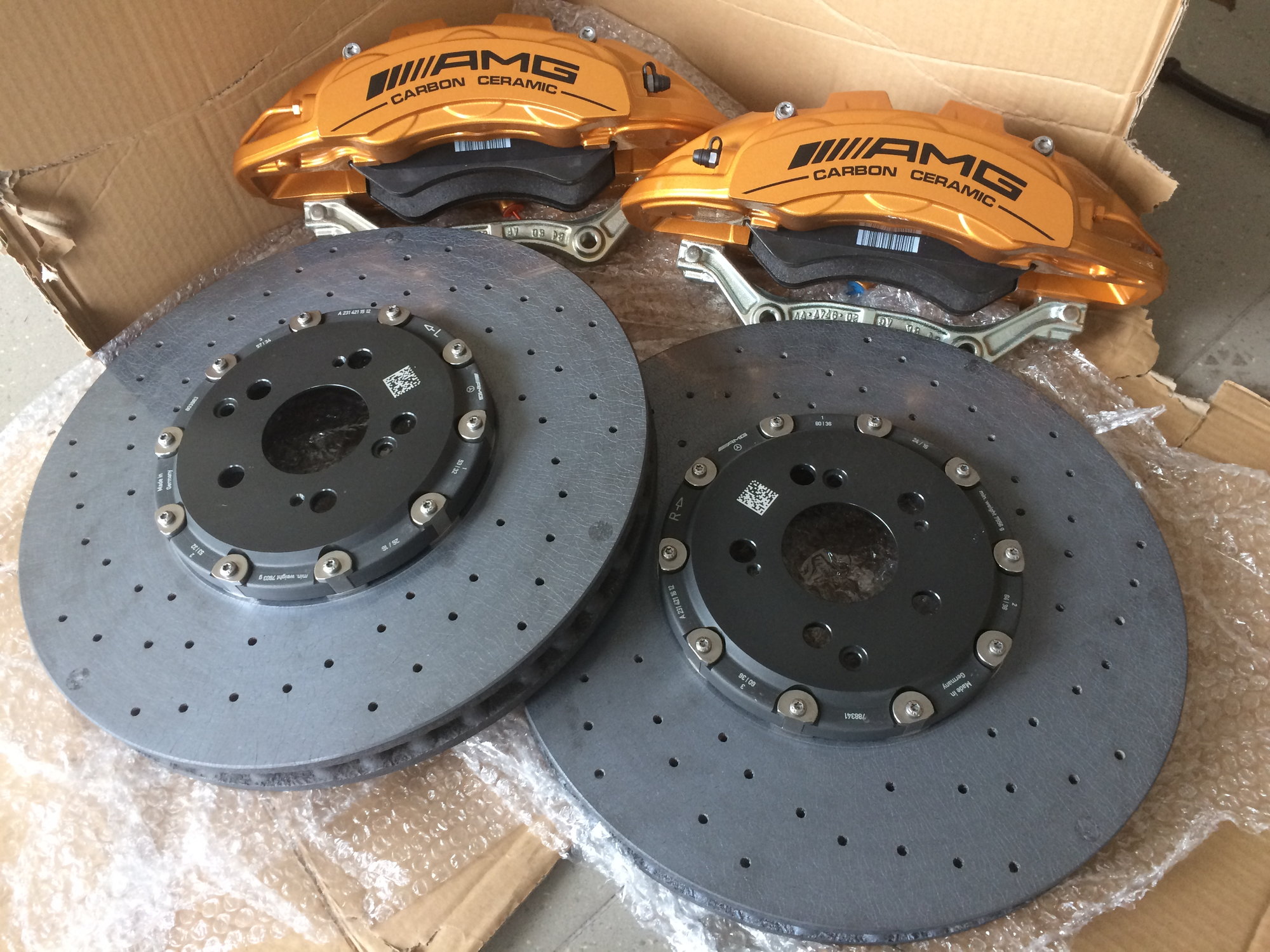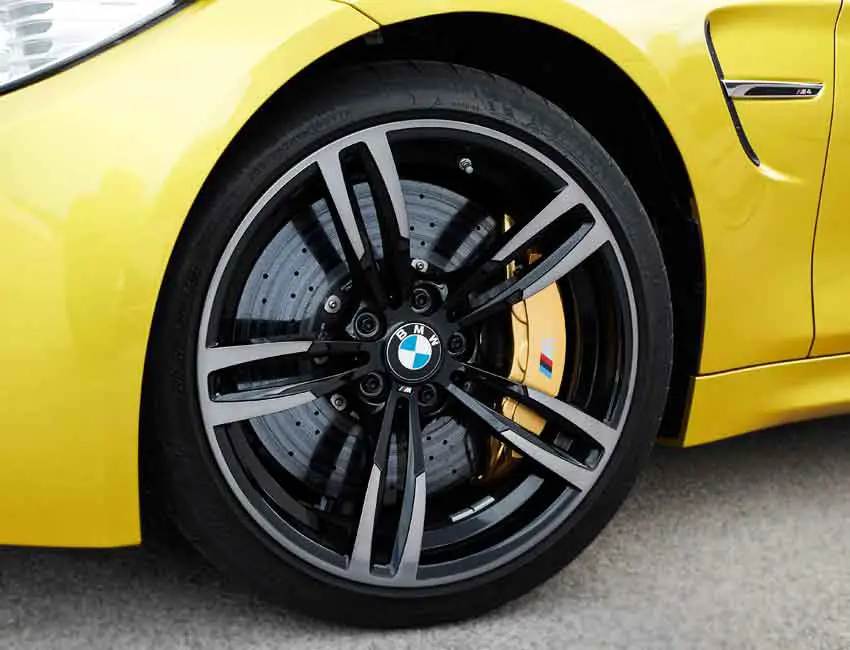These brake pads are made from ceramic very similar to the type of ceramic used to make pottery and plates but is denser and a lot more durable.
What are carbon ceramic brakes made of.
The introduction of silica carbide increased the oxidisation and thermal shock resistance making the brake discs last longer and better handle a wider range of temperatures.
Carbon ceramic brakes work through the same mechanism as standard disc brakes but the discs themselves are made from a very different material through a complex process.
Rather than cast iron or steel carbon ceramic brake discs are made from a composite material.
Foremost they cost thousands of dollars but ever.
Ceramic brake pads also have fine copper fibers embedded within them to help increase their friction and heat conductivity.
The brake system is completed with brembo ccm discs that ensure a weight reduction of 50 compared to cast iron discs.
The carbon ceramic brakes fitted as standard on many high performance vehicles are constructed in one of two ways either a core of ceramic material reinforced with chopped carbon fibre with an additional ceramic layer on the friction surface or simply the core of ceramic material with chopped carbon fibre and no outer friction layer.
The only downside is price which is significantly higher than straight iron or aluminum.
Although carbon ceramic brakes will outperform cast iron rotors all day there s a good reason why only the most high performance cars wear them.
These are iron but with a lot of carbon mixed in.
They can take a lot of heat and dissipate it quickly.
Find out how ccst is made and learn more about the technology.
Initial carbon ceramic rotors carbon fibre reinforced silicon carbide matrix in automotive applications were constructed in one of two ways.
Carbon ceramic matrix brake rotors are now widely known to be the peak of brake performance.
The metallic content helps the rotor avoid cracking under high stress and brake noise and vibration are reduced as well.
The first method was to use ceramic material with chopped carbon fibre and an additional.
The process temperature is above 1 414 c 2 577 f that is above the melting point of silicon and the process conditions are controlled such that the carbon fibers of the c c preform.
With significantly lower weights than traditional iron rotors and virtually no brake fade it s not hard to see why.
Another option for brake pads are ceramic brake pads.
An example of cmc manufacture which was introduced for the production of ceramic brake discs is the reaction of silicon with a porous preform of c c.


